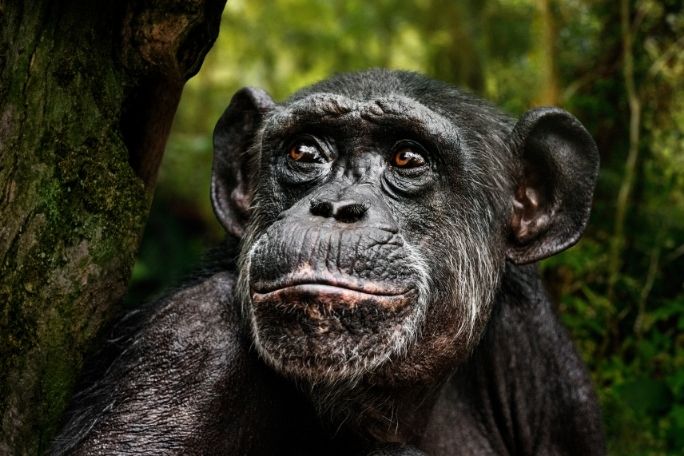Lesson summary
Students are asked to invent their own animal using their knowledge of anatomical features. They learn about living and non-living things and how they can be classified. Students are then asked to recreate their animal using the online tool; Build your wild self.
We’ve taken elements of this lesson and adapted them for remote learning. You can find this activity here.
Learning intentions:
Students will...
- recognise that the features that animals have are needed for their survival
- understand the ways that these features are used for the survival of these animals
- choose appropriate art materials to produce a complex illustration exploring animal features.
Lesson guides and printables
Lesson details
Curriculum mapping
Australian curriculum content descriptions:
Year 3 Science:
- Living things can be grouped on the basis of observable features and can be distinguished from non-living things (ACSSU044)
Year 3 English:
- Listen to and contribute to conversations and discussions to share information and ideas and negotiate in collaborative situations (ACELY1676)
Year 4 Science:
- Living things, including plants and animals, depend on each other and the environment to survive (ACSSU073)
Year 4 English:
- Interpret ideas and information in spoken texts and listen for key points in order to carry out tasks and use information to share and extend ideas and information (ACELY1687)
Syllabus Outcomes: ST2-10LW, EN2-1A, EN2-6B.
General Capabilities: Critical and creative thinking.
Indoor or outdoor activity: Indoor
Time required: 45 mins
Level of teacher scaffolding: Lead students in a discussion around animal features, making notes on the board.
Resources required
- Choice of art materials
- Internet for online tool Build your wild self
Additional Info
This is an original Cool.org lesson. Facts and figures in these lessons may have changed since this lesson was published. We always endeavour to update our resources in a timely manner, but if you see an error or issue in our resources please get in touch with us.


Welcome back!
Don't have an account yet?
Log in with:
By signing up to Cool.org you consent and agree to Cool's privacy policy to
store, manage and process your personal information. To read more, please see
our privacy policy here(Opens in new tab).
Create your free Cool.org account.
Many of our resources are free, with an option to upgrade to Cool+ for premium content.
Already have an account?
Sign up with:
By signing up to Cool.org you consent and agree to Cool's privacy policy to
store, manage and process your personal information. To read more, please see
our privacy policy here(Opens in new tab).